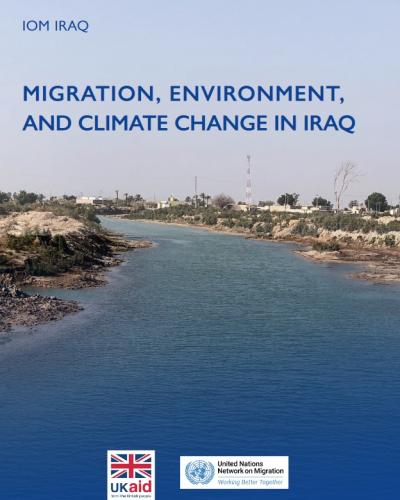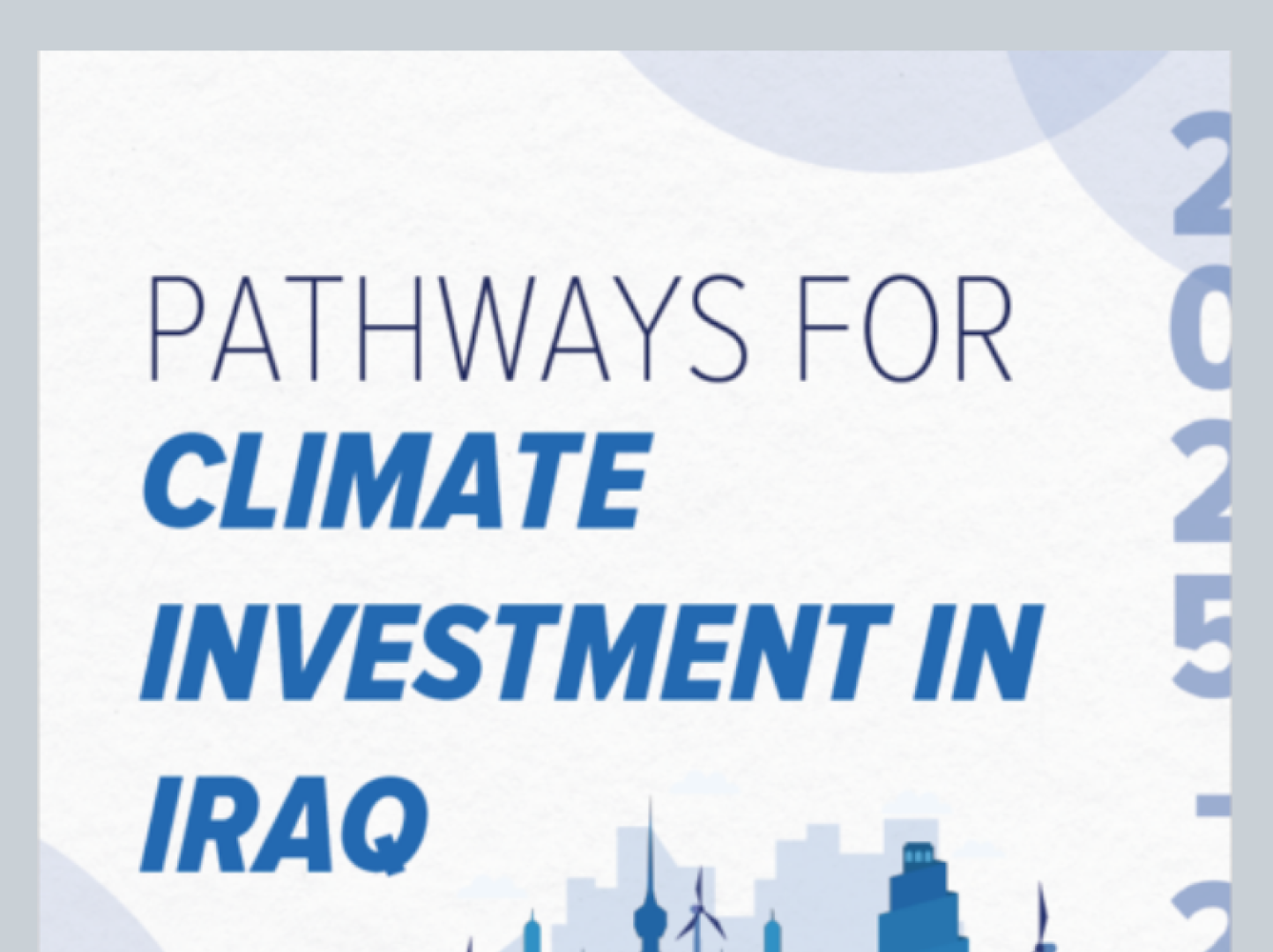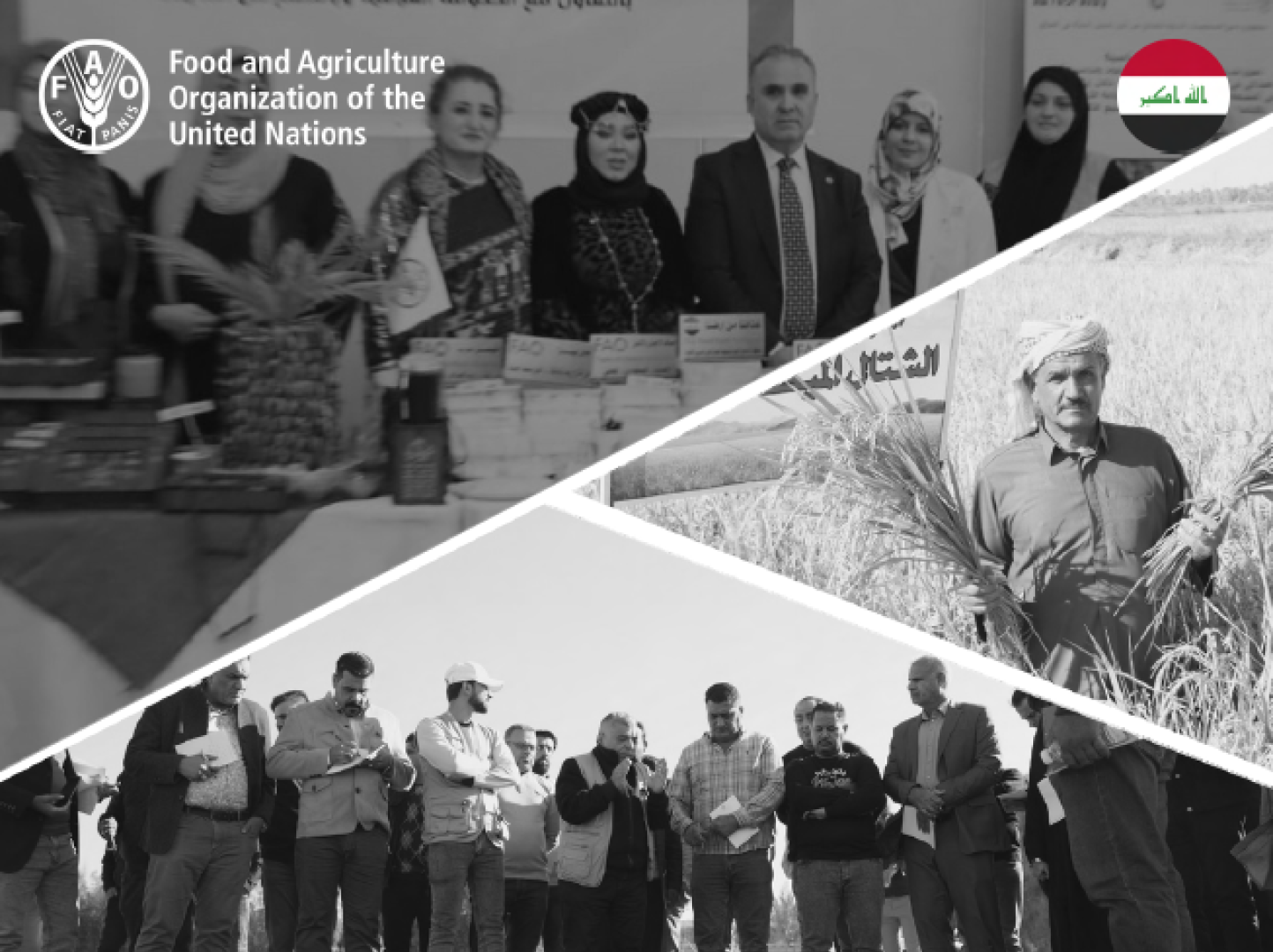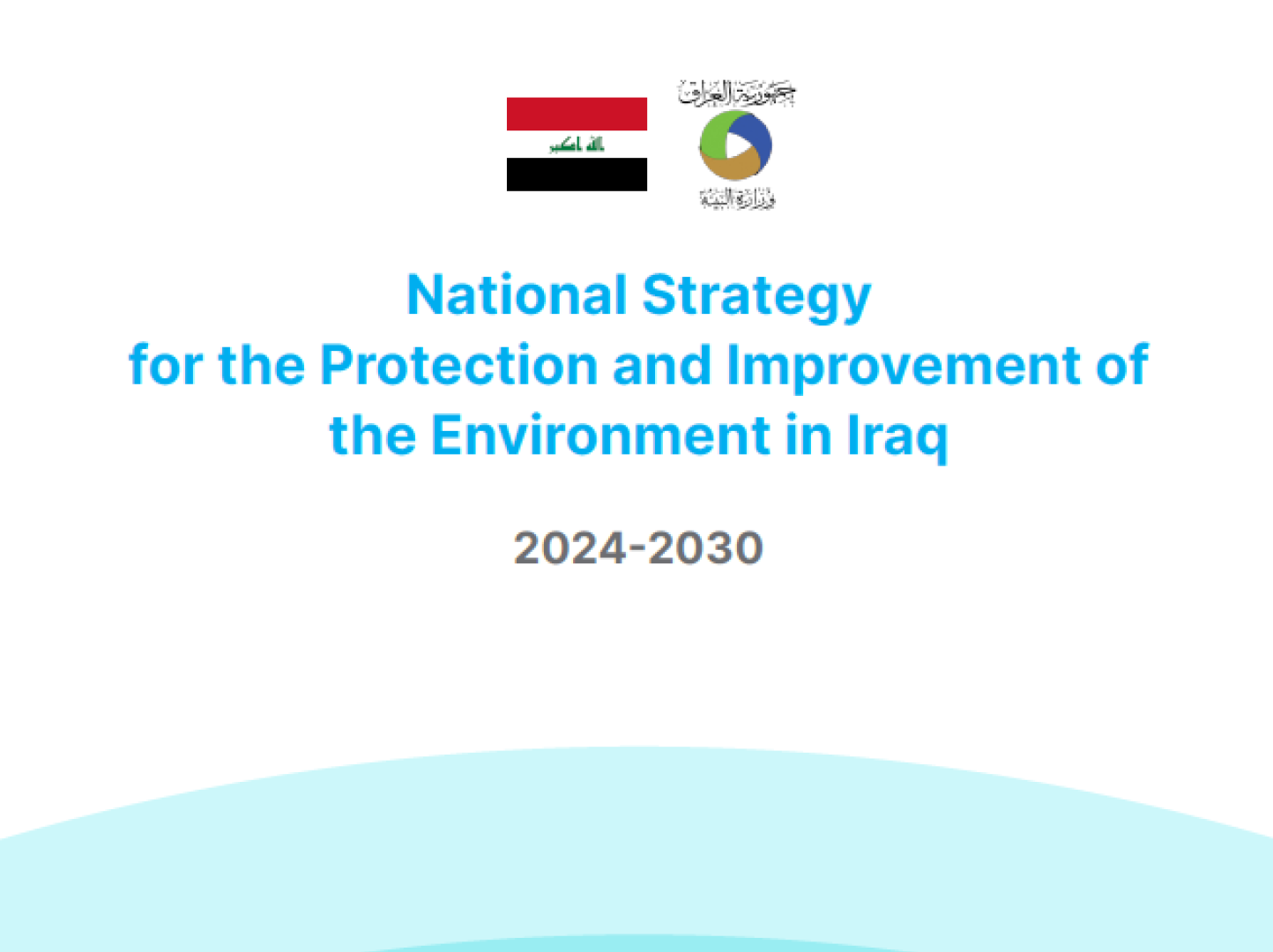Migration, Environment, and Climate Change in Iraq

INTRODUCTION
Iraq has been named the fifth-most vulnerable country to climate breakdown, affected by soaring temperatures, insufficient and diminishing rainfall3, intensified droughts and water scarcity, frequent sand and dust storms, and flooding. Compounding this, water policies in neighbouing countries have shrunk vital water sources, while rapid population growth, urbanization, and inefficient water use by the agricultural and industrial sectors is propelling a demand for more water. Without preparation and planning, the scale of environmental change is likely to be devastating and may force Iraqis to relocate in order to survive. Climate migration is already a reality in Iraq. At the end of 2021, IOM recorded approximately 20,000 people displaced due to water scarcity (looking at only 10 of Iraq’s 19 governorates), high salinity, and poor water quality across Iraq, while a 2021 study by the Norwegian Refugee Council found that in drought-affected areas, 1 in 15 households had a family member forced to migrate in search of work10. As environmental changes intensify, displacement is likely to increase exponentially.
Preparing for and addressing the risks associated with climate-induced migration requires urgent and coordinated action. This report reviews the state of climate migration in Iraq, and considers how the Government of Iraq, international actors, and communities can mitigate, address, and prepare for its consequences. Timing is vital, and this year presents several critical opportunities to address climate migration in key international and national policy frameworks. This report identifies opportunities for action, sets out key issues related to climate migration, and concludes by offering recommendations for strategic engagement on the issue of climate migration over the next 12 months.





